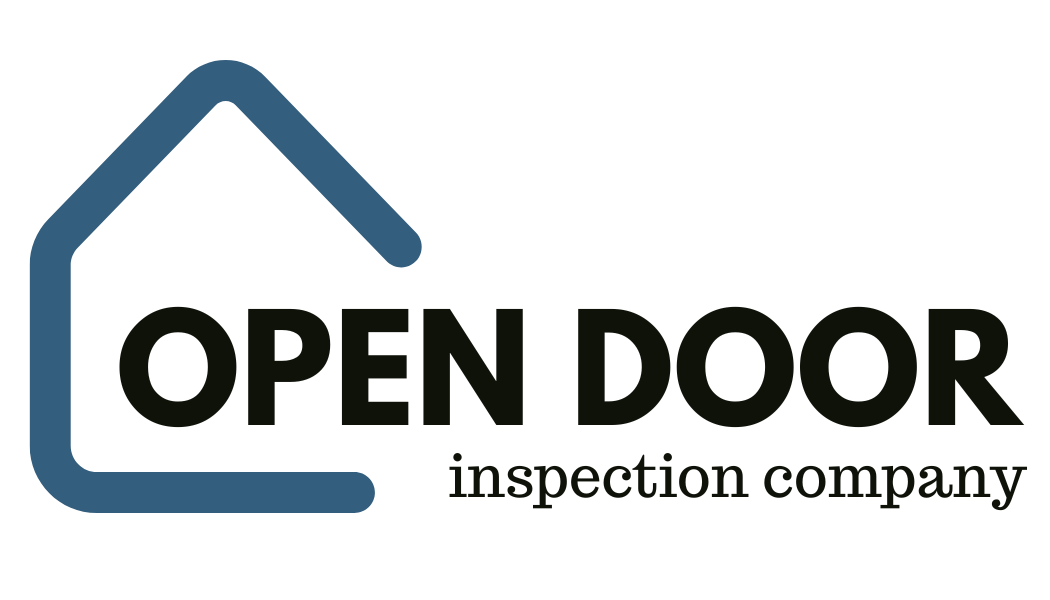Comprehensive Guide to Fireplace Safety for Homeowners
Importance of Fireplace Safety
Fireplaces add warmth and charm to any home, but they also pose significant safety risks if not properly managed. Understanding and practicing fireplace safety is crucial for preventing accidents and ensuring the well-being of your family.
Common Risks and Hazards
Some of the common risks associated with fireplaces include chimney fires, carbon monoxide poisoning, and burns. By following safety guidelines, homeowners can mitigate these dangers and enjoy their fireplaces safely.
Types of Fireplaces and Their Safety Considerations
Wood-Burning Fireplaces
Wood-burning fireplaces offer a traditional and cozy atmosphere. However, they require regular cleaning and maintenance to prevent creosote buildup, which can lead to chimney fires. Always use seasoned hardwood to minimize creosote accumulation, and hire a chimneysweep to clean and maintain the fireplace and chimney.
Gas Fireplaces
Gas fireplaces are convenient and produce less smoke and ash than wood-burning ones. Ensure proper installation by a professional, and regularly check for gas leaks. Ventilation is key to prevent carbon monoxide buildup.
Electric Fireplaces
Electric fireplaces are the safest option as they don't involve real flames. However, they still need to be installed according to manufacturer instructions and kept away from flammable materials.
Installation Safety Tips
Professional Installation
Whether installing a wood-burning, gas, or electric fireplace, it's essential to hire a professional. Proper installation ensures safety and efficiency.
Proper Ventilation
Ventilation is crucial for preventing the buildup of harmful gases. Ensure your fireplace has adequate ventilation to allow smoke and other gases to escape safely.
Smoke and Carbon Monoxide Detectors
Install smoke and carbon monoxide detectors near your fireplace. These devices are essential for early detection of dangerous conditions, providing an added layer of safety.
Fireplace Maintenance
Annual Inspections
Schedule annual inspections with a certified chimney sweep. They can check for blockages, creosote buildup, and structural issues that could pose safety risks.
Cleaning the Chimney
Regular chimney cleaning is essential for wood-burning fireplaces. Creosote buildup can lead to chimney fires, so ensure your chimney is cleaned at least once a year.
Checking for Damages
Regularly inspect your fireplace and chimney for cracks, loose bricks, or other damage. Addressing these issues promptly can prevent accidents and costly repairs.
Safe Operation Practices
Starting and Maintaining the Fire
When starting a fire, use small amounts of kindling to get it going. Avoid using flammable liquids. Once the fire is burning, add larger logs as needed, ensuring a steady and controlled flame.
Safe Use of Firewood
Use only seasoned hardwoods in your wood-burning fireplace. Softwoods and wet wood can produce more creosote and cause more smoke. Store firewood away from the fireplace to prevent accidental ignition.
Handling Ashes
Allow ashes to cool completely before disposing of them. Use a metal container with a tight-fitting lid, and store it away from any combustible materials.
Child and Pet Safety Around Fireplaces
Installing Safety Gates
Install safety gates around your fireplace to keep children and pets at a safe distance. This barrier helps prevent accidental burns and keeps curious hands and paws away from the fire.
Educating Children About Fire Safety
Teach children about the dangers of fire and the importance of staying away from the fireplace. Make sure they understand that the fireplace is not a place to play.
Keeping Pets Safe
Keep pets away from the fireplace when it's in use. Train them to avoid the area and provide a comfortable space for them elsewhere in the room.
Fireplace Accessories and Their Uses
Fireplace Screens
Fireplace screens are essential for preventing sparks and embers from escaping the firebox. They add an extra layer of protection and can enhance the aesthetic appeal of your fireplace.
Fire-resistant Rugs
Place a fire-resistant rug in front of your fireplace to catch any stray embers or sparks. This helps protect your flooring and adds a safety buffer between the fire and your home.
Fireplace Tools
Invest in a set of fireplace tools, including tongs, a poker, a shovel, and a brush. These tools help you manage the fire safely and clean the fireplace when needed.
Dealing with Fireplace Emergencies
Fire Extinguishers
Keep a fire extinguisher nearby and ensure everyone in your household knows how to use it. In case of a small fire, a fire extinguisher can be a lifesaver.
Emergency Evacuation Plans
Develop and practice an emergency evacuation plan with your family. Ensure everyone knows the exits and how to get out safely in case of a fire.
First Aid for Burns
In the event of a burn, cool the area with running water, cover it with a clean cloth, and seek medical attention if necessary. Knowing basic first aid can help mitigate the severity of injuries.
Seasonal Fireplace Safety Tips
Winter Safety Tips
During the winter, fireplaces are used more frequently. Ensure your chimney is clean and in good repair, and always supervise the fire. Avoid overloading the fireplace with too much wood.
Summer Maintenance Tips
In the summer, schedule any necessary repairs and maintenance. Clean the fireplace and chimney, and close the damper to prevent drafts and keep out debris.
Conclusion
Recap of Key Points
Fireplace safety is paramount for protecting your home and loved ones. By following these guidelines, you can enjoy the warmth and ambiance of your fireplace with peace of mind.
Final Safety Recommendations
Regular maintenance, safe operation practices, and emergency preparedness are key to fireplace safety. Always stay vigilant and proactive in ensuring your fireplace is a safe and enjoyable feature of your home.
